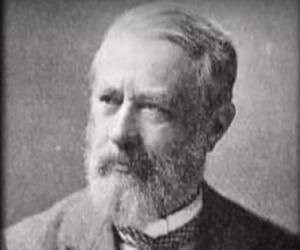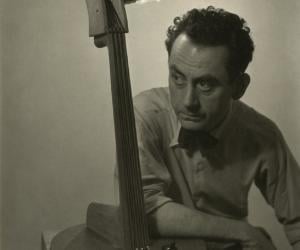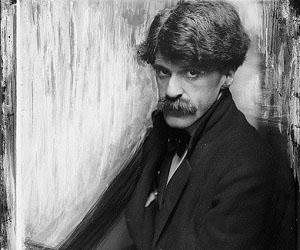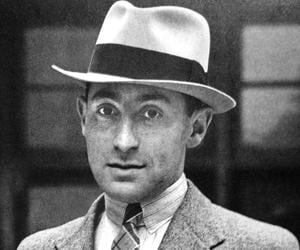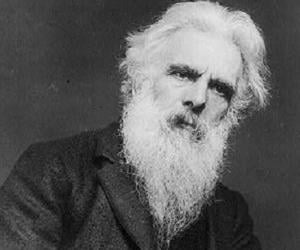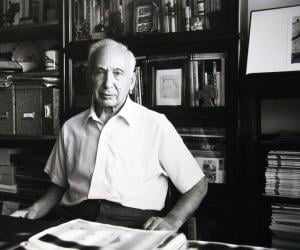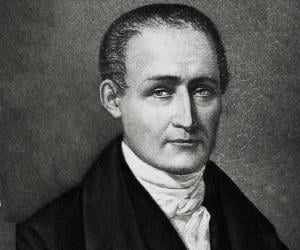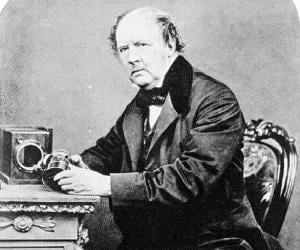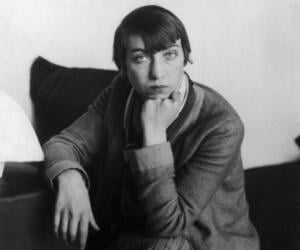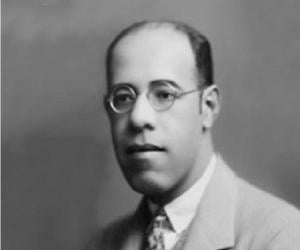Famous photographer, painter and filmmaker, Man Ray was the sole American who was a significant part of both the Dada and Surrealist movements. Despite his contributions in various artistic mediums, he is best remembered as a photographer who popularised solarisation and Rayographs techniques. He also made films including the Surrealist classic L’Étoile de mer and published his autobiography Self-Portrait.
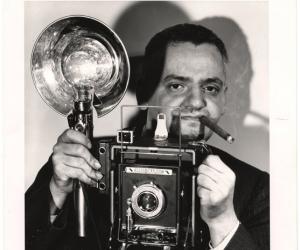
Alfred Eisenstaedt was a German-born American photojournalist and photographer who achieved popularity as a photographer for Life magazine. Remembered for capturing memorable images, Eisenstaedt is credited with capturing the V-J Day in Times Square, which became one of his most popular cover photographs. In 1989, he was honored with the prestigious National Medal of Arts.
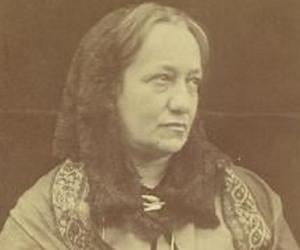
Julia Margaret Cameron was a British photographer best remembered for her close-up portraits of popular Victorian men. Widely regarded as one of the 19th century's most important portraitists, Cameron is credited with capturing the beauty and innocence of children, women, and men. Julia Margaret Cameron is also credited with popularizing the close-ups in photography.
Eadweard Muybridge was an English photographer best remembered for his contribution to photographic studies of motion. Muybridge achieved international prominence when he exhibited photographs of Yosemite Valley in 1868. He is said to have inspired several artists and inventors like Sol LeWitt, Thomas Eakins, William Dickson, and Francis Bacon.
Edward Steichen was a Luxembourgish American painter, curator, and photographer. Widely regarded as one of the most influential and prolific personalities in the history of photography, Steichen is credited with changing photography into an art form. During the 1920s and 1930s, Edward Steichen was considered the highest-paid and best-known photographer in the world.
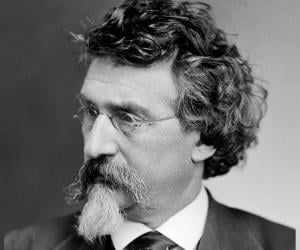
Mathew Brady was an American photographer who captured the American Civil War through his lenses. One of the earliest photographers in the history of the US, Brady is credited with taking pictures of prominent personalities like Abraham Lincoln, William McKinley, and Andrew Jackson. Dubbed the father of photojournalism, Mathew Brady was the most renowned American photographer during the 19th century.
Andre Kertesz was a photographer known for his immense contribution to photo essay and photographic composition. Although his style and camera angles, which were considered unorthodox at the time, stopped him from achieving international acclaim during his lifetime, Kertesz is now regarded as one of the most influential figures in the field of photojournalism.
Nicéphore Niépce revolutionized science by inventing heliography and made the first permanent photographic image. He had initially been part of Napoleon’s army but had to quit due to his failing health. The Niépce Prize is awarded to a photographer every year in France, in his honor.
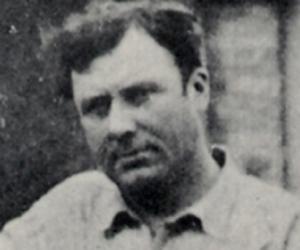
Eugène Atget was a French flâneur credited with pioneering documentary photography. Renowned for his obstinacy to document all of the street scenes and architecture of Paris before the advent of urbanization, Atget's works inspired several surrealists. Unfortunately, Eugène Atget did not live to see the kind of reception his works eventually received; he was not celebrated during his lifetime.

Paul Strand was an American filmmaker and photographer who helped transform photography into an art form along with other modernist photographers like Edward Weston and Alfred Stieglitz. He is also credited with co-founding the Photo League in the 1930s. During his illustrious career that spanned 60 years, Paul Strand covered several subjects and genres throughout Europe, Africa, and the Americas.
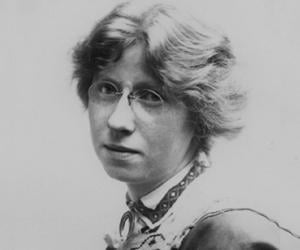
Henry Fox Talbot was an English photography pioneer, inventor, and scientist. He is best remembered for inventing the calotype and salted paper processes that served as predecessors to photographic processes of the 20th century. He is also credited with inventing the photoglyphic engraving process. Henry Fox Talbot also played a major role in the progression of photography as an art.
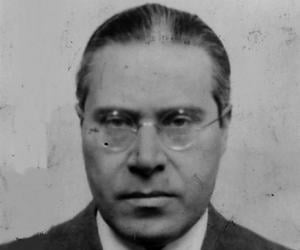
Hungarian artist László Moholy-Nagy was known for his non-representational art and his love for constructivism. Though he initially studied law, he later experimented with many forms of art, such as painting, sculpting, and photography. He also taught at the Bauhaus school of avant-garde design and co-edited the Bauhausbook series.
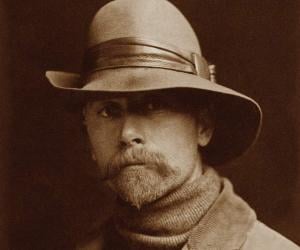
Edward S. Curtis was an American ethnologist and photographer whose work focused on the Native American people and American West. He is credited with photographing the first portrait of a Native American. Edward S. Curtis' work aimed at preserving the traditional life of Native Americans.
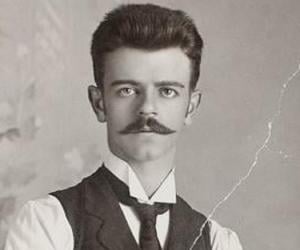
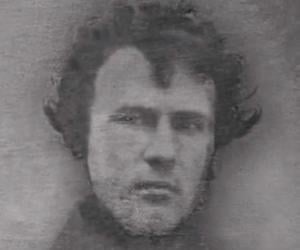
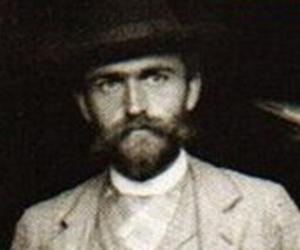
Karl Blossfeldt was a German photographer, artist, sculptor, and teacher. He is best remembered for his work Urformen der Kunst, a collection of close-up photos of animals and plants. The book became highly influential and Blossfeldt's works were used as teaching tools in Berlin. Blossfeldt also served as a professor at the United State Schools for Fine and Applied Art.
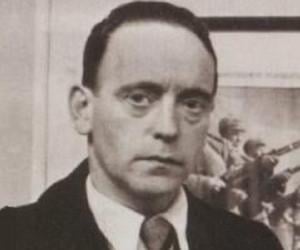
John Heartfield was a German visual artist. He is credited to have pioneered the use of art as a political weapon. He used photomontages to satirize Adolf Hitler and depict his anti-Nazi and anti-fascist sentiments. He studied at the Royal Bavarian Arts and Crafts School and went on to launch a publishing house, Malik-Verlag, with his brother.
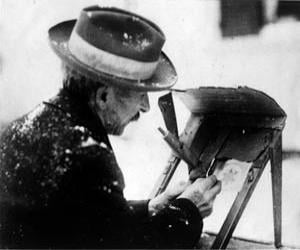
Popularly known as Snowflake Bentley, US meteorologist and photographer Wilson Bentley had taken the world’s first detailed photographs of snowflakes and had thus pioneered snowflake photomicrography. He thus laid the foundation of the study of atmospheric ice crystal formation. Hailing from a farming family, he spent his entire life on his farm.
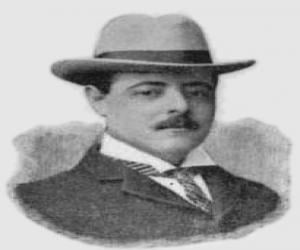
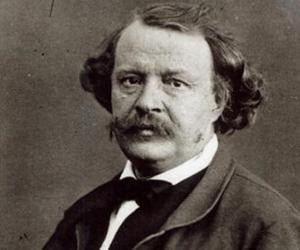
Nadar was a French caricaturist, photographer, novelist, journalist, and balloonist who championed heavier-than-air flight. Nadar became the first photographer to take aerial photographs in 1858. His photographic portraits are preserved by several museums and institutions.
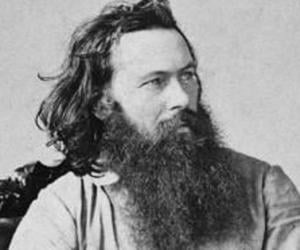
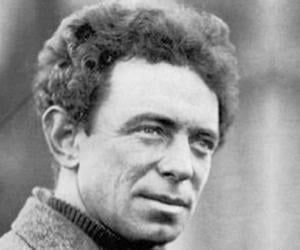
Australian photographer Frank Hurley is best remembered for recording the Antarctic expedition of Sir Ernest Shackleton, known as Endurance. He also risked his life clicking pictures in both the World Wars. After running away from home at 13, he studied engineering but found his calling in photography.
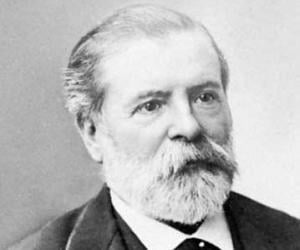
Étienne-Jules Marey was a French scientist, chronophotographer, and physiologist. He is best remembered for his work which played a major role in the development of physical instrumentation, cardiology, cinematography, aviation, and the science of laboratory photography. Étienne-Jules Marey is widely regarded as a pioneer of photography.
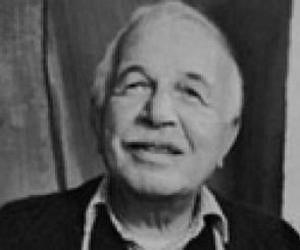
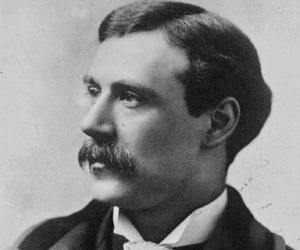
William Friese-Greene was a British photographer and inventor. A pioneer of motion pictures, Friese-Greene is remembered for devising a series of cameras with which he shot moving pictures in London. Despite earning substantial amount of money throughout his career, Friese-Greene died in poverty as he spent his earnings on his inventions. His life inspired a biopic titled The Magic Box.

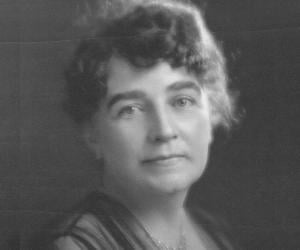

Felice Beato was an Italian-British photographer whose work focused on capturing events, people, and countries that were unfamiliar to most people in North America and Europe. Beato is credited with capturing important events like the Second Opium War and the Indian Rebellion of 1857. One of the earliest war photographers, Felice Beato influenced other photographers in places like Japan.
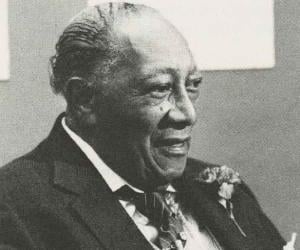
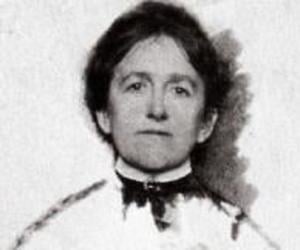
One of the pioneers of the Brazilian modernist movement, Mário de Andrade introduced a signature prose style that mirrored colloquial Brazilian language. Apart from writing poems and novels, he influenced ethnomusicology. He was a skilled photographer, too. Hallucinated City remains one of his most celebrated works.
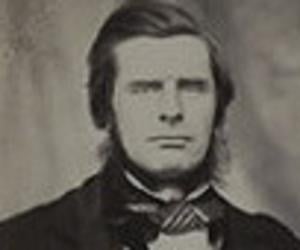
Roger Fenton was a British photographer best remembered for his contributions as one of the earliest war photographers. One of the most prominent photographers of his generation, Fenton played an important role in founding the Photographic Society which was later renamed the Royal Photographic Society. Fenton is also credited with capturing the final few stages of the famous Crimean War.
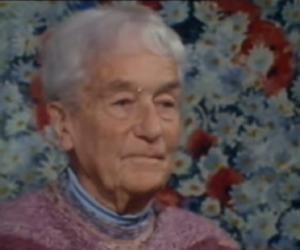
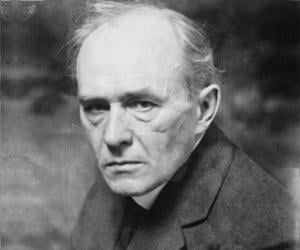
Carl Akeley was an American taxidermist, biologist, sculptor, conservationist, nature photographer, and inventor. Widely regarded as the father of modern taxidermy, Akeley is remembered for his immense contributions to American museums, such as the American Museum of Natural History, the Field Museum of Natural History, and the Milwaukee Public Museum. He is also credited with founding the AMNH Exhibitions Lab.
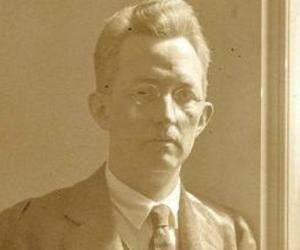
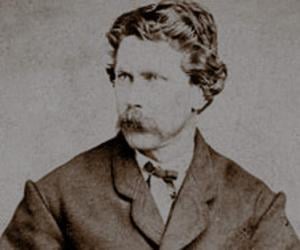
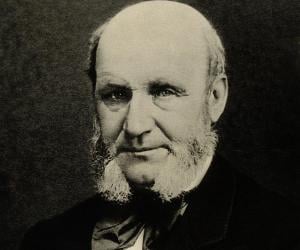
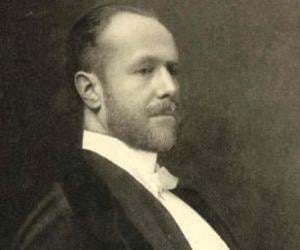
Fernand Khnopff was a Belgian painter whose works gained him recognition and helped achieve a cult status during his lifetime. He was honored with the prestigious Order of Leopold for his immense contribution to Symbolism.
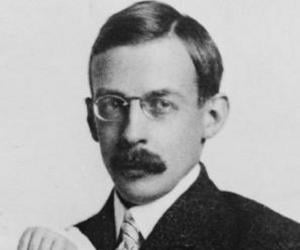
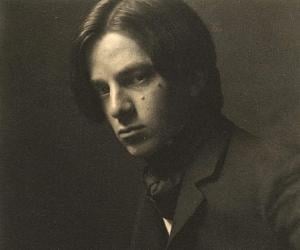
Alvin Langdon Coburn was an American photographer who played a major role in the progression of American pictorialism. Coburn is often credited with producing some of the earliest completely abstract photographs.
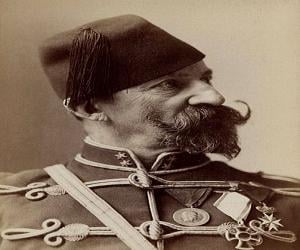
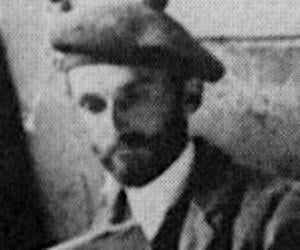
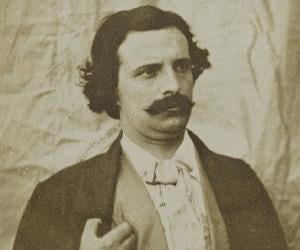
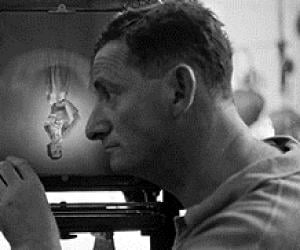
Erwin Blumenfeld was a German-born American photographer. Blumenfeld became a successful fashion photographer, working for popular magazines like American Vogue, Life, and Harper's Bazaar. Erwin Blumenfeld is best remembered for experimenting with various photographic techniques like solarization, photo-montage, multiple exposure, and distortion.
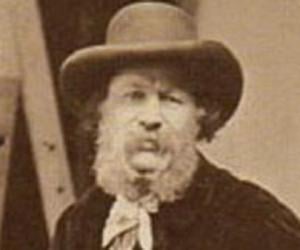
Oscar Gustave Rejlander was a British photographer best remembered for pioneering Victorian art photography. He is also remembered for his contribution to Charles Darwin's third-major work of evolutionary theory, The Expression of the Emotions in Man and Animals. Many of Rejlander's photographs are preserved in institutions like the San Francisco Museum of Modern Art and the J. Paul Getty Museum.
